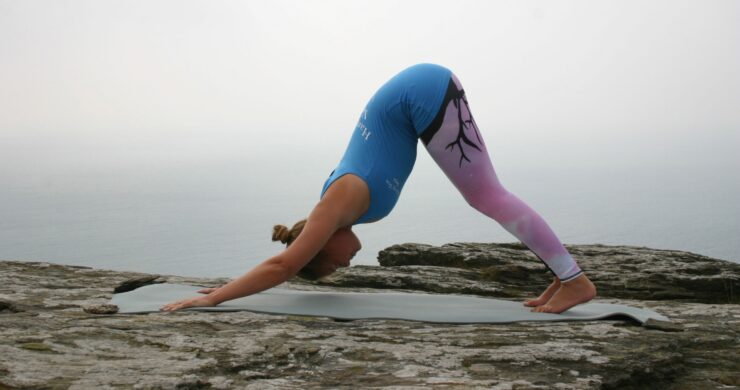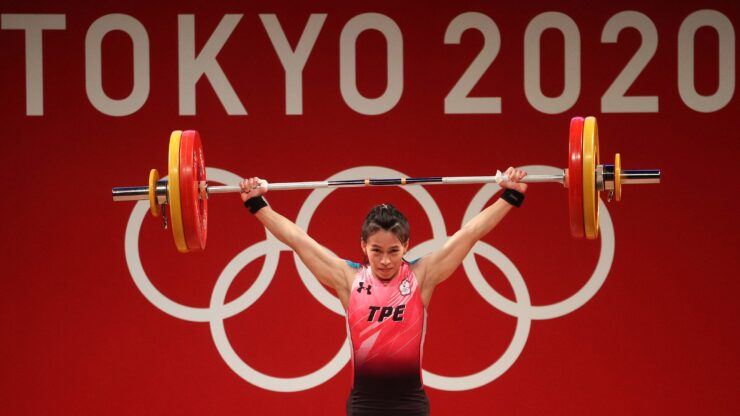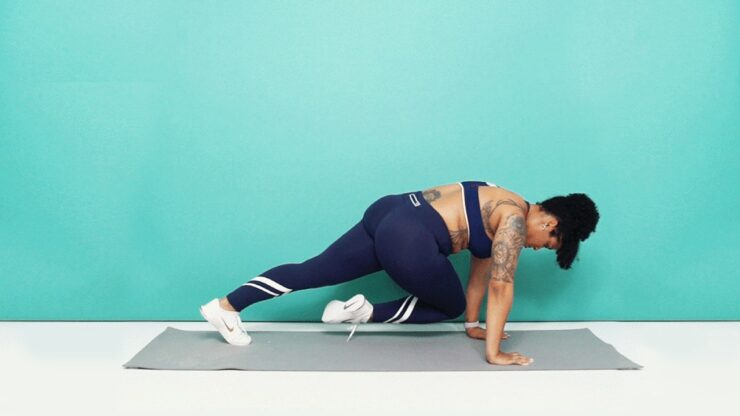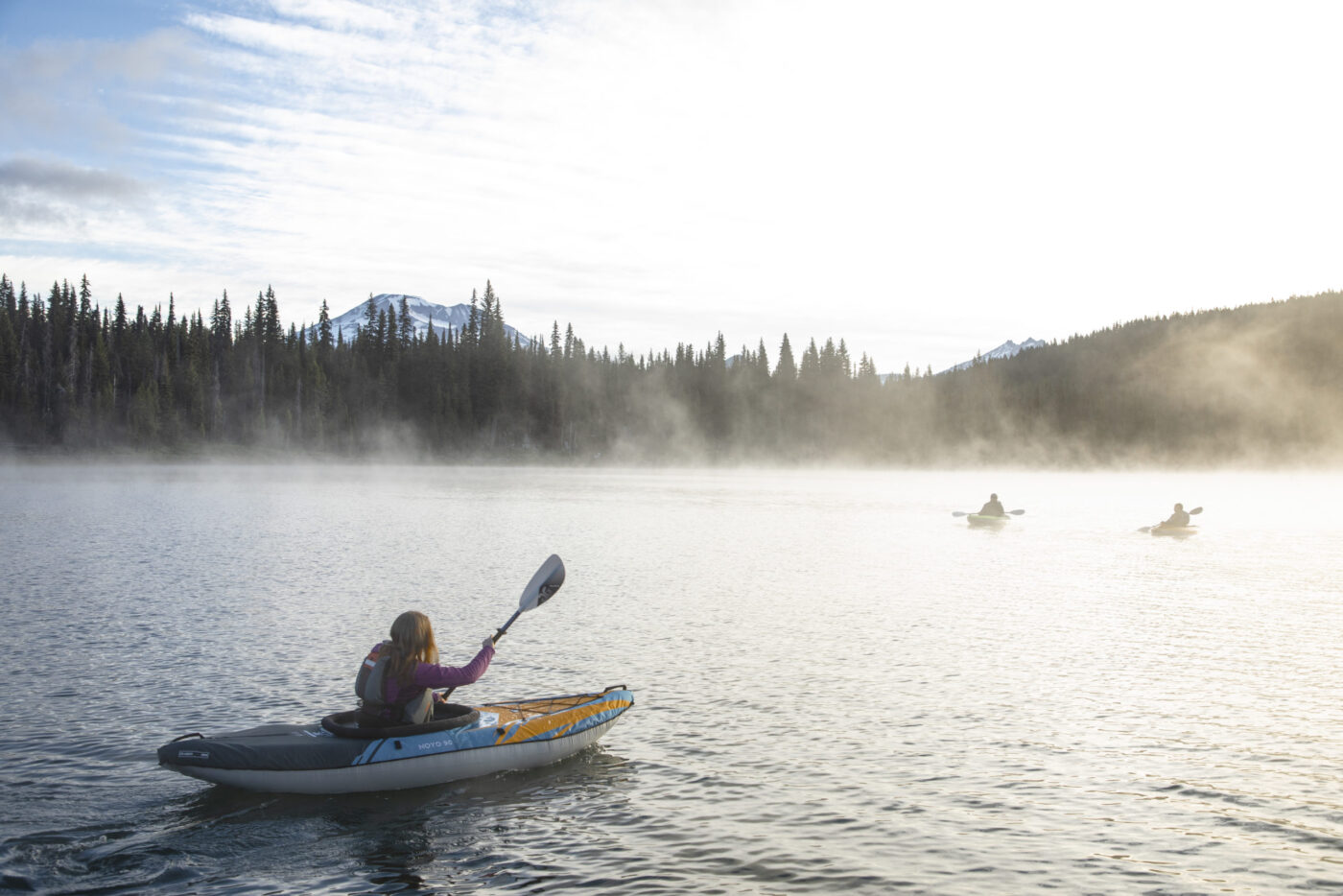I am a professional kayak/canoe instructor and here are the most common water workouts for kayakers.
To be a successful paddler, it is important to train both on and off the water. To properly train the body for paddling, you have to have a balance between the sport and the build-up to it. To get maximum efficiency for improvement, gym or home workouts must also be achieved. Gym or home workouts can also be an easier, more cost and time effective way of quickly training the body for kayaking.
Due to the off-centre nature of the sport, there can be limited resources related to kayaking and at a competition, there may not be any available water warm-up space for use by competitors. Due to this, it is important that as participants and as coaches – such as myself – we can properly understand the importance of off-water training as some simple or more long term and advanced ways of doing so.
Table of Contents
ToggleYoga For Paddlers

A great way for a one-off session or a long term plan is through yoga. It can be a quick exercise session before or after a race, a great substitute for an unavailable training session and an effective long term method to improve flexibility, dexterity, stability, and strengthen muscles and joints. Many yoga session plans and activities along with training schedules can be found for free online or on other applications such as Gymondo or through various YouTube channels.
Olympic weight lifting: Building Up Kayaking Muscles

One prominent workout regime that I always use both on myself and the athletes that I coach is Olympic weight lifting. For this exercise, you must already be competent at squatting properly in a stable position with both feet flat on the ground, facing inwards- so it’s not for everyone. For this exercise, short, heavy reps will quickly build up strong interlocking fibres within the muscles without building up visible bulk which can often be cumbersome or unnecessary weight in competition.
I would highly recommend either first taking a fairly extensive time watching various videos on the proper technique of Olympic weight or employing a personal trainer/ member of the gym staff to help you in your journey. Olympic weights obviously utilise heavy masses, so there is a risk of injury if done incorrectly. During this exercise, you can successfully build up some of the main muscles used in kayaking – the most prominent of which are: the core, the shoulders, and the glutes.
The tension of the bar weights against your shoulders whilst both lifting the bar weight and holding it upright help push down on the ligaments and muscles surrounding the joint and strengthen the fibres holding it in place. This is especially important in kayaking as while you gain experience and progress to larger water, your shoulders will be put under increasing stress.
Therefore, in order to prevent dislocation or tearing, the shoulder needs to be worked. In the act of holding the weight upright, the core needs to stabilise the body. This gyroscopic act helps engage the core and works the abs. This is often used during kayaking as the connector between boat and body. The last main item that Olympic weights works is the glutes. This, unsurprisingly, is activated in the act of squatting not only with your own weight but with the additional mass of the bar and weights.
Bounce Mat Workouts

A final exercise to consider may be the bounce mat. This piece of equipment is very easy to obtain and can even be made ourselves. It consists of a mat of approximately one metre by one and a half metres. This is split vertically down the middle of the long side by a foam wedge of approximately fifteen centimetres in height. The goal of this exercise is to build up endurance and speed by utilizing an intensive but short session. In this, three repeats of twenty seconds are used where the athlete will stand parallel to the wedge on one side and jump to the other side over the wedge while another person counts the voices achieved.
In between these repeats, a minutes rest is allowed. The quick nature of this exercise means that it will quickly build up, develop and quicken the neuro-pathways that are often used in kayaking. This will result in a quicker reaction time and an increase in the paddler’s top speed. This is not only useful for time centred events, but it is also useful in general paddling. The response time and speed of a paddler can often be the difference between life, grave injury, and death- especially on white water.
Other machines or exercises of interest include:
- Rowing Machine – Find out why it’s good for kayakers, how to workout our rowing machine buying guide
- Pull up bar
- Kayak Ergo
Adelaide Gentry, a seasoned kayaking enthusiast and expert, is the driving force behind KayakPaddling.net. With over a decade of experience navigating the world’s most challenging waterways, Adelaide combines her passion for adventure with a deep knowledge of kayaking to provide insightful and practical guidance for paddlers of all levels.
Related Posts:
- Heavy Duty Fishing: 11 Best Rods And Reels For Big Fish 2024
- 16 Best Kayak For Beginners 2024 - Kayaking Adventure Gear
- 10 Best Fishing Canoes 2024 - All-Around and Trolling
- Canoe vs. Kayak: Differences and Benefits You Need to Know
- 12 Best Fishing Lures Ever 2024 - Baits That…
- 10 Best Saltwater Fishing Boats - Ultimate Angling Adventure












